GL Enhances 5G Core Network Emulator Suite
25th, Oct 2019
Welcome to another issue of GL's Newsletter providing information on our 5G Core Network Emulator Suite, which is enhanced to support N4 interface simulation. The Emulator Suite comprises of MAPS™ application, which is a multi-protocol, multi-interface simulation test tool. The N4 interface between SMF (Session Management Function) and UPF (User Plane Function) in the Control and User Plane Separation (CUPS) architecture simulation is as per 3GPP Release 15 standards.
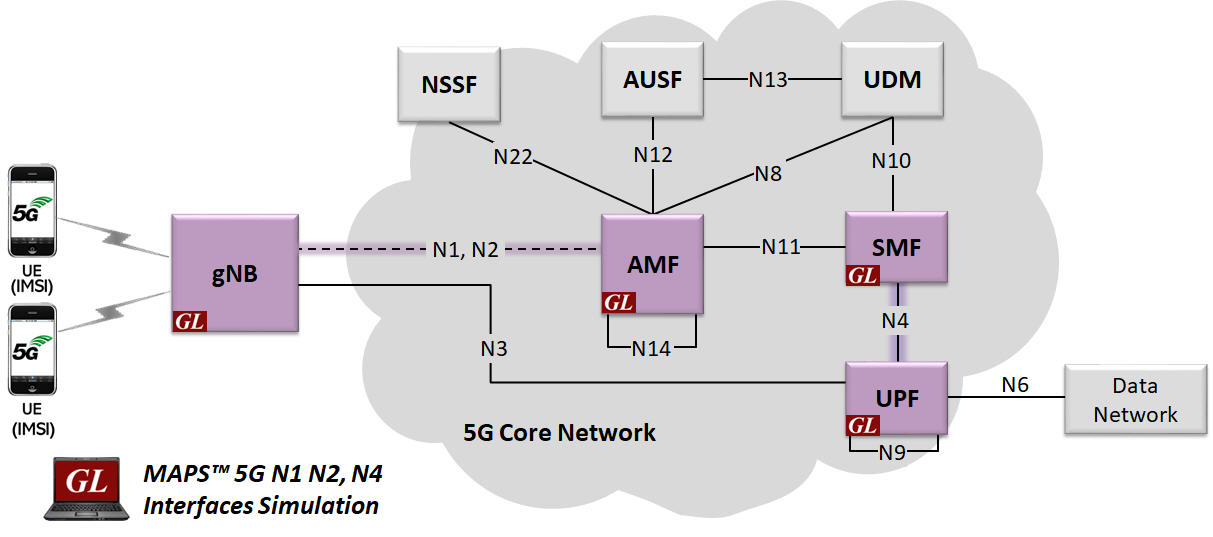
Overview
As depicted in the diagram, MAPS™ simulates the 5G N4 interface between the SMF and UPF, implements CUPS in 5G core networks, providing control plane tunnel management and user plane Protocol Data Unit (PDU) sessions.
The CP function controls the packet processing in the UP function by establishing, modifying or deleting PFCP Session contexts and by provisioning rules in UPF regarding packet handling, forwarding, and usage reporting.
The N4 node-level procedures establish and manage the interface between an SMF and a UPF and items that are not related to specific N4 sessions.
Supported Procedures:
Node Related Procedures:
- PFCP Heartbeat
- PFCP Association Setup
- PFCP Association Update
- PFCP Association Release
- PFCP Version Not Supported
- PFCP Node Report
PFCP Session related messages:
- PFCP Session Establishment
- PFCP Session Modification
- PFCP Session Deletion
- PFCP Session Report
User Plane Traffic Simulation:
GL offers multiple products for user plane simulation to meet user requirements.
- Mobile Traffic Core - GTP: supports stateful user-plane packet transmission and reception services between any two nodes (GTP-U protocol entity) in the network. It allows simultaneous simulation of multiple sessions per user. Currently, supports generation of stateful HTTP transaction by playing back a pre-canned HTTP files to replicate real time browsing.
- Mobile Traffic Core - Gateway : module simulates gateway and transfers user plane data from GTP to IP and vice versa.
- PacketLoad appliance supports massive simulation of UEs (up to 500,000) with high density (up to 4 Gbps or 40 Gbps) mobile data traffic simulation by playing back HTTP files or by playing PCAP files.
Use Cases:
Report Generation:
Various statistics are generated including Link level, Per Port, Packet, TCP/IP, PCAP Replay, UDP, URL (connections established). Users can customize the statistics for the generated stateful TCP/HTTP, and PCAP Replay and other mobile data traffic.
Call graph uses the results from statistics to plot the bandwidth on each port, HTTP_latency, TCP_Latency, and UE related statistics in bar/line/pie charts.
Main Features
- Simulates 5G Core network functions - SMF (Session Management Function) and UPF (User Plane Function)
- Establishment, modification, and release of PDU sessions
- Supports control plane signaling and user plane traffic
- Generate and verify traffic over 5G, including FTP, HTTP, and more with additional licenses (Mobile traffic core – GTP) and Mobile Traffic Core – Gateway, and PacketLoad appliance.
- Generate ten thousand of UE signaling (Load Testing)
- Generate and process PFCP (valid and invalid) messages
- Automate with scripting and command line interface with APIs support
- Customize call flow and message templates using scripts and message editor
- Ready-to-use scripts for quick testing
- Automation, remote access, and schedulers to run tests 24/7
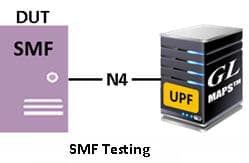
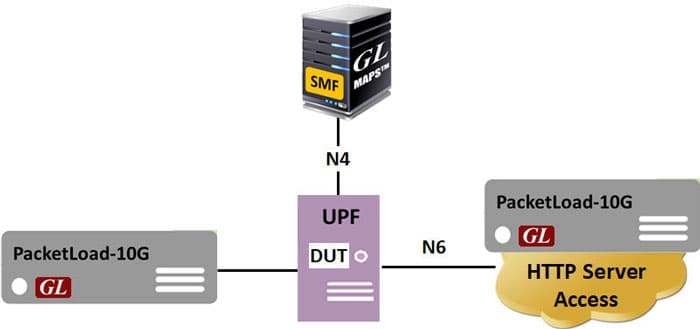
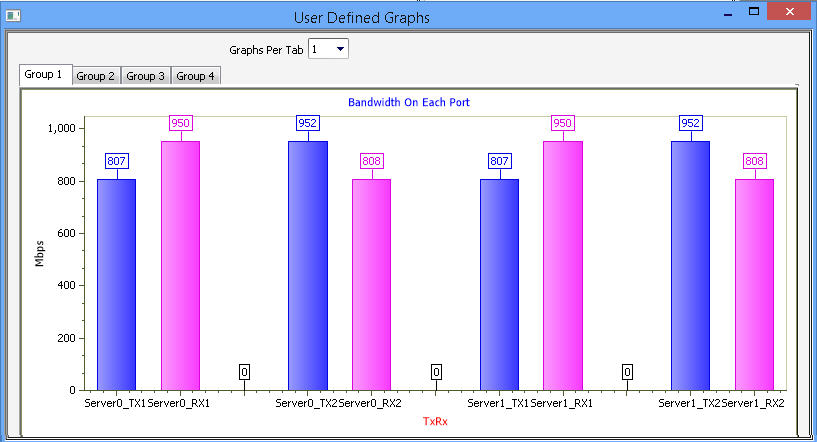
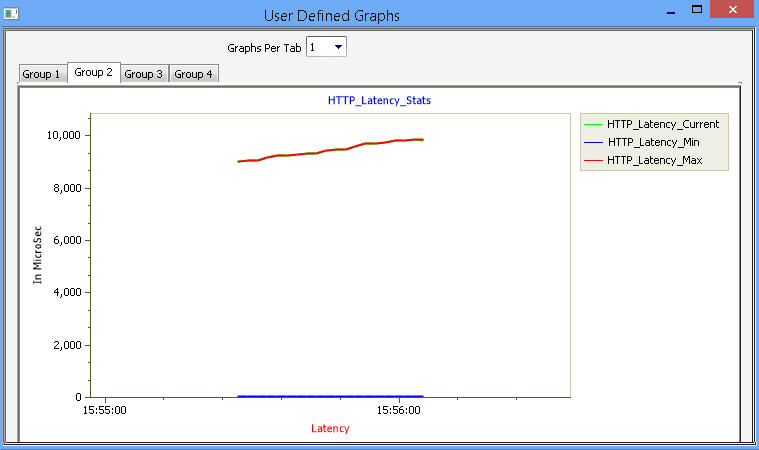
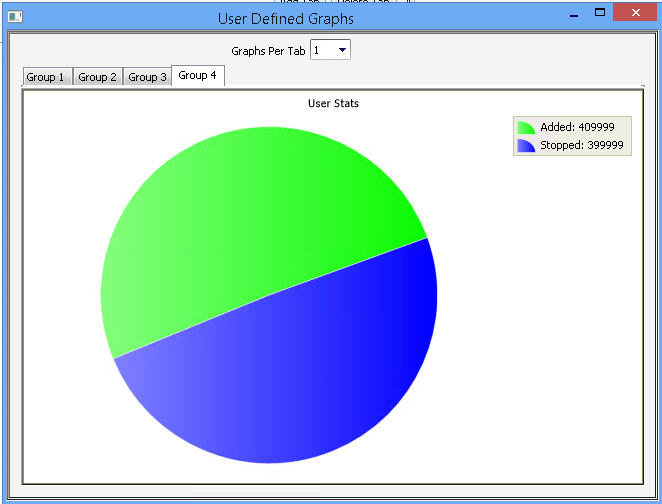
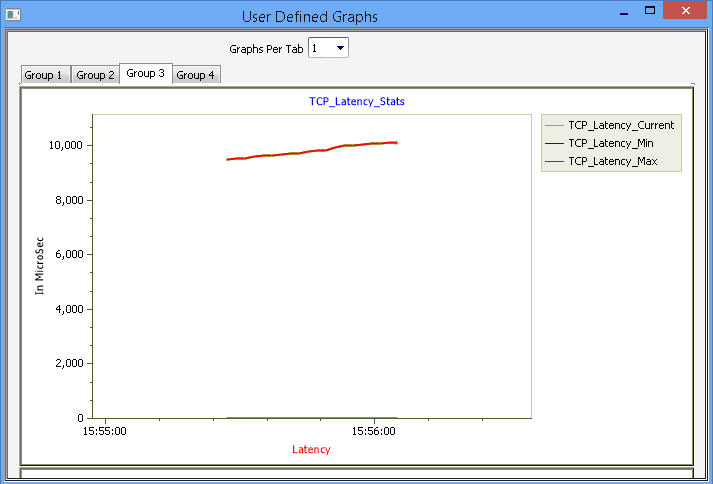
 Back to Newsletter Index Page
Back to Newsletter Index Page